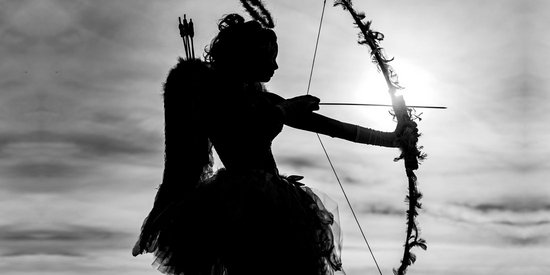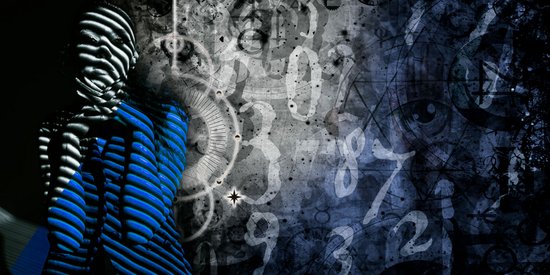The history of the I Ching: “The Classic for changes”
The I Ching (yi jing): Chinese and Western traditions consider the Yi Jing as a Book of Wisdom.
“I don't seek to know the answers, I seek to understand the questions,”
Confucius
Chinese literature attributes the composition of the I Ching to four holy characters: Fo Hi, King Wen, the Duke of Tchéou and Confucius. The I Ching (Yi Jing) has been part of the five canonical texts of China for more than two millennia. The oldest Chinese book (3500 years old) and the emanation of this way of thinking, have demonstrated their relevance by providing answers and daily advice in various fields such as the professional, financial, emotional and relationship fields, and also matters such as decision-making and health. The I Ching is an exciting adventure, one of intuition which can give clear and specific details to everyone.
The texts of the I Ching are the “scientific” summary of an “ecological” and sympathetic ear to man in nature.
The I Ching is composed of two different energies:
The Yang symbolizes the creator and the energy of light. Etymologically speaking, the character of Yang means "Light". The Yang also symbolizes firmness, positivity, masculinity, the sun, the day, the light.
Yin is associated with the earth and symbolizes receptivity. Etymologically, the character of Yin means "Shadow".
Yin can represent concepts as diverse as: kindness, negativity, the night, the moon, femininity.
The Yang (a solid line): _
The Yin (a broken line): --
- 5 elements (wood, fire, earth, metal, water);
- 8 trigrams (figures composed of 3 lines of Yin energy, using discontinuous lines, or Yang energy, using continuous lines) corresponding to natural phenomena (fire, earth, lake, sky, water, mountain, thunder, wind).
Properties:
The creator is strong,
The receptive is abandoned,
The awakener signifies movement,
The gentle is penetrating,
The unfathomable is dangerous,
That which attaches signifies dependence,
Immobilization means stopping,
Joy signifies pleasure.
Symbolic animals:
The creator acts in the horse,
The receptive in the cow,
The awakener in the dragon,
The gentle in the rooster,
The unfathomable in the pig,
That which attaches in the pheasant,
Immobilization in the dog,
The joyful in the sheep.
64 hexagrams:
Figures are composed of 6 Yin or Yang lines, and their transformations (each Yin line can become Yang and vice versa); each hexagram is designated by a number and a name evoking an action.
All kinds of human situations are represented by one of the 64 I Ching hexagrams. Each hexagram is made up of two trigrams (i.e. 6 lines in total). Certain lines are transformed and allow the passage from one hexagram to another.
"The one thing that will never change is that everything is always changing." The I Ching.









